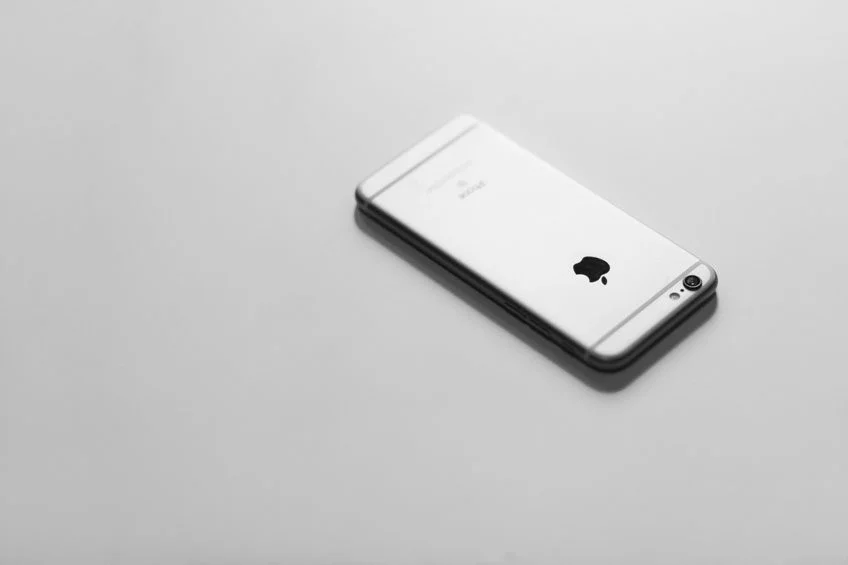Blog
Blogs
Best Practices for In-app Purchase and Monetization
BLOG by

The mobile app monetization is one of the essentials of the whole process of app development. A startup or a mobile app development company always brainstorms on the mobile app monetization before designing the app as well as finalization of the core idea.
There are startups who launch their companies based on mobile platform and they could potentially be more concerned about the user-experience than an indie mobile app developer who just wants to put his or her apps out there. Because both the app development scenarios come with a different mindset and approach to carrying on.
If a startup starts to monetize their app through ads then what’s the point of being a startup?
Because a startup comes off of an idea to solve a problem or to provide a solution that would not have been possible otherwise. This takes us to the different possibilities of app monetization. It depends upon the type of app as well as the intent of the creator.
As said before, a startup is likely to adjust its monetization strategy inside their product offering, whereas an indie app developer who wants to go his or her app go viral so that the money comes in, might prefer to use the different mobile ad types to monetize the apps such as banner ads, 3D ads, in-app purchases etc.
One of the best monetization strategies is in-app purchase model because it doesn’t force the end-user to buy the product but rather provide the freemium version of the product. In this way, the user gets in, signs up, and starts using it. The interesting part is that it could work for both startups and indie app developers because startups can design their monetization strategy in that way. For instance, Facebook Messenger allows you to purchase stickers if you want to use extra and premium ones. Canva does the same thing by offering 1$ icons/elements inside the web application and you’re free to sign up for a free account and if you like any paid icon/element, you can just buy it or keep using the free icons/elements.
Here are the best practices for in-app purchase monetization model:
1: Freemium edition must be equipped
The idea of freemium edition is that users get to use the product and enjoy it. In order to access the additional features, they’re required to go to the paid plan. The mistake many app development companies make is that they make their freemium edition so paralyzed that their free version looks like more or less useless. See, if a freemium version isn’t offering much to the end-user, the user would walk away from the product and won’t come back.
In order to keep the user engaged with your product, your freemium edition must be equipped with maximum options and value that keep the users hooked forever. For instance, Mailchimp understands this phenomenon. Their free package offers everything a starter needs to start the email marketing campaign. You can send up to 12,000 emails per month to your 2,000 subscribers. If numbers get exceeded from that, then you would have to upgrade your package to the paid plan. The purpose is that don’t be salesly for your paid plans and bring some value into your freemium plans.
2: In-app sales shouldn’t be compulsory
One of the key elements of in-app monetization success is that they don’t force people to buy it but rather try to deliver so much value in the free edition that it excites the user-base to try out the paid plans to explore more possibilities. For example, you might play some of the popular Android or iOS games which are free to play, one of those is Subway Surfers. You would play this game without quite a need to buy the coins in order to play further. Of course, you may need to buy the coins or other items through in-app purchase to extend your capacity or experience.
3: Minimize the price to the lowest possible
People don’t want to spend money if they think that you’re charging a hefty amount of money. Either they would go for an alternative or they won’t take any action. When it comes to in-app purchases, it’s kind of an extra-feature thing. People who are quite fans are likely to test that out and others might not go for it. In order to entice people to take action in your in-app store, you must minimize the price to the ground. Make it so tiny that it starts to feel nothing as compared to what is being offered. WhatsApp did this very smartly. WhatsApp used to charge $0.99 after one year of the free subscription but they realize that it may not work even thought $0.99 is nothing for a whole year. So they dropped this annual subscription charges and made it completely free.
So, these were three important and essential best practices for startups and entrepreneurs who are going to monetize their apps through in-app purchase monetization model.
They must look at these elements before going for a launch. CitrusBits is a mobile app development company that provides Android and iOS app development service. Reach out to us if you’re looking to launch your startup and wondering to hire an app development team to get your mobile-app up and running. Feel free to contact us for further information about mobile app development.
About the Author
Content Writer
Related blogs
BLOG


